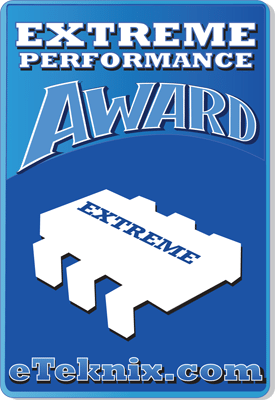MSI Oculux NXG253R eSports Gaming Monitor Review
Peter Donnell / 3 years ago
How Much Does it Cost?
If you skipped everything else I said and came straight here, I hope you’re sitting down. Are you ready? The MSI MSI Oculux NXG253R 24.5″ gaming monitor is around £700-750… yup, that’s GBP, not YEN, it’s a very expensive monitor. However, if you want the absolute fastest gaming monitor for your competitive gaming needs, then this is it. You just need to pay the massive premium to take advantage of it. Six times the refresh rate of a standard monitor, and only six times the price, funny that.
Overview
As far as I’m aware, there’s only one monitor out that can compete with this, the ASUS ROG Swift 360Hz PG259QNR. It has the same specifications and costs basically the same too, so I suspect it’s the same monitor at its core. Picking the right one will most likely just come down to your taste for their aesthetics and brand loyalties. Beyond that though, you’re not going to get a 360Hz monitor cheaply.
eSports
The MSI Oculux NXG253R is obviously tuned for eSports. For those who are in high-level competition, this monitor is a clear advantage over just about anything else on the market. While most extreme monitors tap out around 240Hz, the MSI Oculux can outpace that by yet another 120Hz, meaning you may see an onscreen action around a 3rd of a second faster than your opponent and much sooner vs those on “regular” monitors.
G-Sync
There are other technologies at work here too, and while the ultra-fast refresh rate panel is doing the bulk of the work, there’s still some fine-tuning. There’s G-Sync, ensuring that you don’t get any stuttering or tearing whatever the refresh rate. I saw frame rates waver from 100-300+, and it didn’t throw off the visuals at all.
Rapid IPS
It’s also a Rapid IPS panel, meaning it can deliver 1ms GTG, and as far as I can tell, absolutely no issues with ghosting or blur, even at lower refresh rates. However, features like overdrive and Nvidia Ultra Low Motion Blur certainly help keep those issues at bay.
Fine-Tuning
Furthermore, Nvidia Reflex Latency Analyzer is supported, meaning you can monitor end-to-end system latency, and that will help you fine-tune any bottlenecks in your system. Getting to 360FPS ain’t easy, and doing it with low latency even more so. However, it’s great to see this monitor isn’t just a blunt tool and will help you get the performance that you desire.
Daily Usage
The panel may seem small at 24.5″, but honestly, even coming from my 32″ 4K panel, I found it quite pleasant to game on. I tried using it for work but quickly went back to my dual 4K displays… no shock there. For some YouTube and reddit between games though, sure, it’s absolutely fine. The easy to move angle/height adjustment is nice though, and being able to flip the monitor to portrait mode with one hand is a nice feature.
Fast-IPS Panel
One thing I didn’t need to do with this monitor is to calibrate it. Honestly, the colours look awesome right out of the box, and while you can get stunning accuracy in the sRGB and USER modes, it’s unlikely you’ll be using this for pro editing or anything. Personally, I found the default settings to be ideal, perhaps using the FPS mode on occasion. Of course, this monitor shouldn’t need calibrating at this price range, and given that it’s targetted at a pretty serious part of the market, it damn well should be ready to go right out of the box.
Should I Buy One?
It may be a little on the small side, and the price may be a lot on the large side. However, the overall package here is one of the greatest gaming monitors I’ve ever had the pleasure of testing. Admittedly, you need deep pockets and a pretty hard-core dedication to gaming to need this monitor. However, once you play on it, you’ll never look back. Most gamers will be happy with a much more affordable 240Hz panel, but again, if you want every performance edge, this is the monitor for you.




















